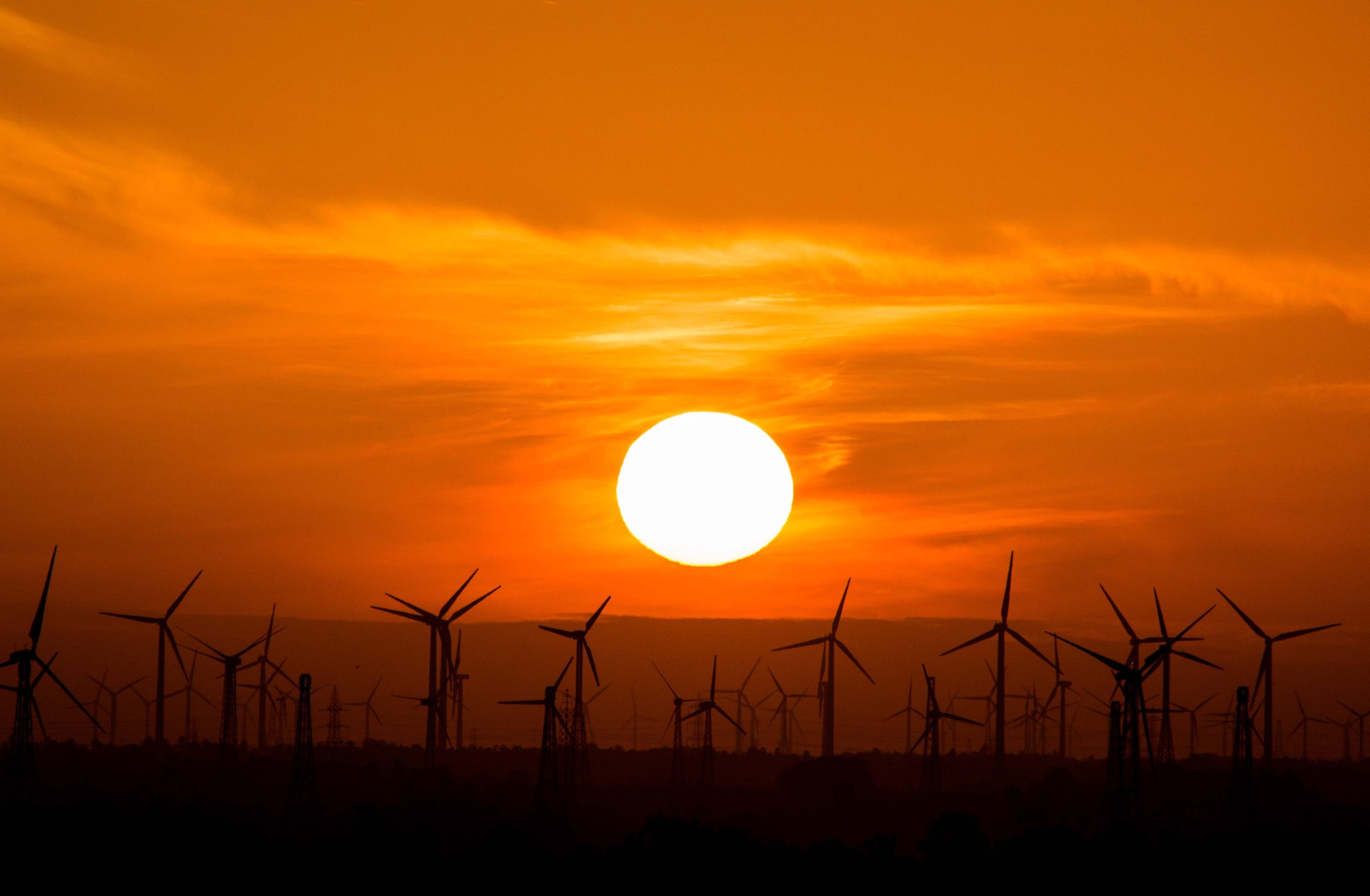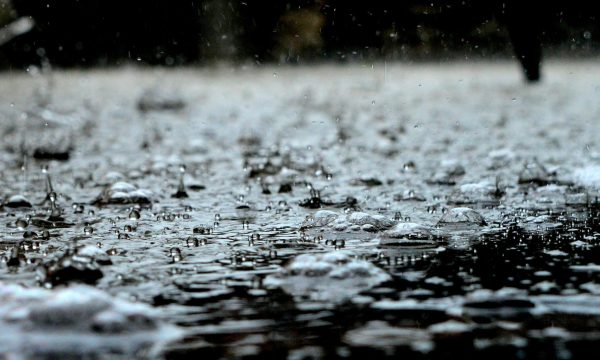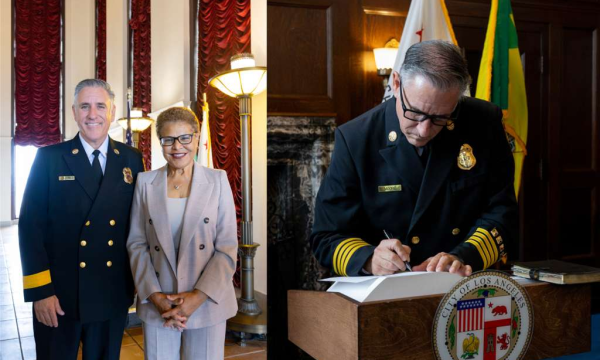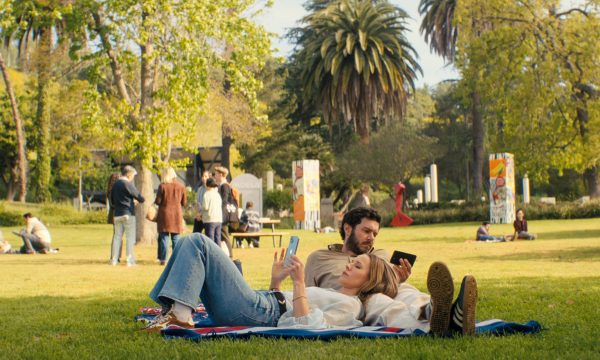With a heat waveto hit California, temperatures are to reach triple digits in many areas. Here are some safety tips for the California heat wave. Pacific Gas and Electric Company (PG&E) is giving tips to celebrate summer safely and responsibly. Electric hazards, heat-related illness and water and fire risk can occur if proper precaution isn’t taken.
OUTAGE SAFETY
Transformers, which distribute power to homes and businesses, need a period of time when they can cool down during a heat wave. This will happen overnight when energy use and temperature drops. Heat events that sustain high overnight temperatures will put stress on transformers, a cause for them to fail. In case of heat-related outages, PG&E offers the following safety tips during this California heat wave:
- Use battery-operated flashlights, and not candles, due to the risk of fire.
- Customers with generators should make sure they install them properly and use a licensed electrician in an area that is well-ventilated.
- Freeze plastic containers filled with water to make blocks of ice and place in your refrigerator/freezer during an outage to prevent foods from spoiling.
- Customers can get updates on outages in their neighborhood through a variety of channels.
HEAT SAFETY
- Limit exposure to direct sunlight between 10 a.m. and 4 p.m., and wear a broad-spectrum sunscreen with a protection factor of at least 15. Reapply sunscreen often.
- Drink plenty of water and avoid alcohol or caffeine when temperatures are high.
- During hot weather, watch for signs of heat stroke—hot, red skin; changes in consciousness; rapid, weak pulse; rapid, shallow breathing. If you suspect someone has heat stroke, call 9-1-1 and move the person to a cool place. Use cold towels to help lower their body temperature until help arrives.
FIREWORKS SAFETY
- The safest way to enjoy fireworks is to attend a public fireworks show put on by professionals.
- Make yourself aware of your surroundings—stay clear of powerlines, structures, dry grass or flammable materials when shooting your own fireworks in areas approved by local regulations.
- If a firework strikes electric equipment or causes a powerline to come down, stay away, keep others away and immediately call 911 and PG&E at 1-800-743-5000. Always assume downed electric lines are active and extremely dangerous. Never attempt to retrieve anything that is tangled in or near a powerline.
SUMMER SAFETY
- Keep alert for local weather conditions. Check to see if any caution signs or flags are posted at beaches or parks you visit..
- Make sure everyone has proper skills to swim and keep an eye on young children and check flotation devices for leaks.
- Every child under 13 must wear a Coast Guard-approved life jacket when on a moving vessel that is 26 feet or less in length.
- Don’t dive or jump into unfamiliar water. Shallow water or submerged trees or rocks could cause serious injury.
- Don’t swim or play near a dam or powerhouse; these areas can have strong underwater currents, sudden water discharges, slippery surfaces and submerged hazards.
- Never use generators, propane heaters, barbecues or charcoal indoors due to carbon monoxide risks.
PG&E reminds customers to update their contact information at www.pge.com/mywildfirealerts. For more tips on how to safely navigate summer recreational activities, visit PG&E’s Summer Safety Guide. The guide is also available in Chinese and Spanish.














